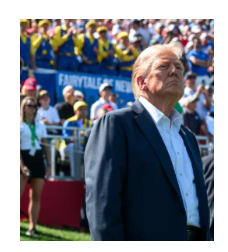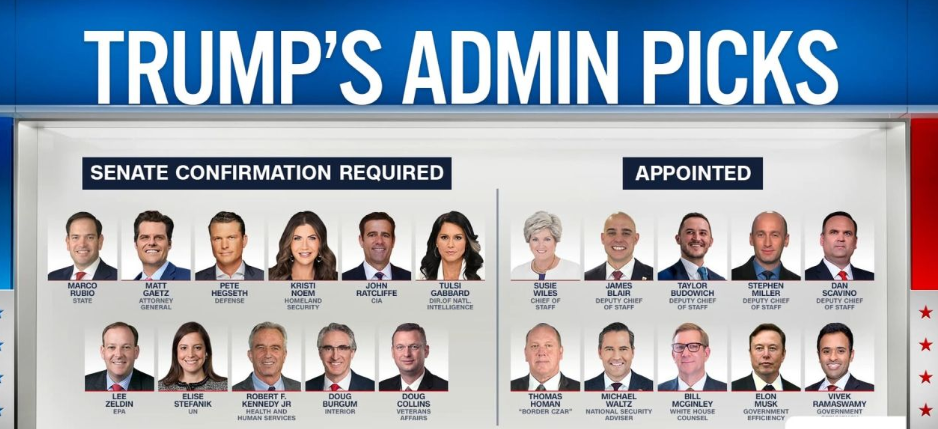As governors step aside and alliances shift, 2026 is becoming a stress test for the balance between pragmatism and partisanship.
What to Know:
- Four swing states are being reshaped by retirements and reversals heading into 2026.
- Arizona’s race is wide open after Katie Hobbs stepped aside.
- Tony Evers’s decision not to run leaves the race wide open.
- Michigan returns to a two-party fight between Garlin Gilchrist II and Peter Meijer.
- Kansas tests whether Laura Kelly’s centrist model can survive against Kris Kobach.
Just a year ago, the 2026 gubernatorial battlefield looked set. Today, that map has been torn up and redrawn. A series of stunning decisions by incumbents has reshuffled the deck in the nation's key swing states, turning anticipated re-election fights into wide-open scrambles and once-chaotic fields into straightforward partisan battles.
While Arizona, Wisconsin, Michigan, and Kansas remain the consistent "core four" toss-up states for the gubernatorial elections, the specific narratives and dynamics within each are remarkably distinct. With a new administration in Washington shifting the national conversation, these races have become the first major test of whether state-level pragmatism can survive in an era of renewed federal activism.
Here’s the updated look at the races that will define the 2026 cycle.
Arizona: The Open-Seat Scramble
The 2026 map in Arizona was set this fall when Governor Katie Hobbs officially announced she would seek a second term. Her decision transforms the race into what is expected to be a grueling and expensive referendum on her first term, pitting her against a crowded and aggressive Republican primary field.
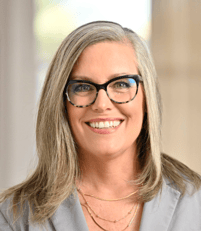
Hobbs secured her 2022 victory by a slim margin, which is attributable to her consistent and understated approach. Now, she must defend that record as an incumbent. The core issues haven't changed: the economy, water rights, and the ever-present pressure of the border remain top of mind for voters.
Republicans see a golden opportunity to reclaim a crucial governorship. The GOP primary is already a contentious free-for-all, featuring declared candidates like Congressman Andy Biggs, Congressman David Schweikert, and Karrin Taylor Robson (who lost the 2022 primary to Kari Lake). This primary is shaping up as a test of competing alignments with the national GOP's agenda.
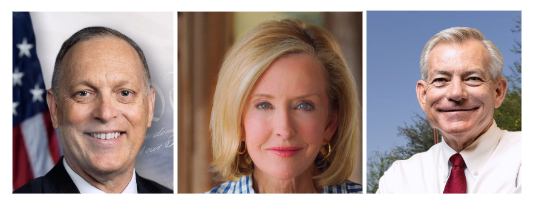
Congressman Andy Biggs, Karrin Taylor Robson, Congressman David Schweikert
For Democrats, the challenge is to consolidate support around Hobbs and rebuild her 2022 coalition of moderates and suburbanites. With no serious primary challenger, the party is focused on defending the incumbency, while other prominent Democrats like Senator Ruben Gallego have already endorsed Hobbs for re-election.
Wisconsin 2026: The Battle to Redefine the Middle
Wisconsin’s 2026 race was transformed by a single decision. When Governor Tony Evers announced he would not seek a third term, the map shifted overnight. What had been a predictable campaign about steady leadership became a wide-open contest for control of one of the nation’s most divided states.
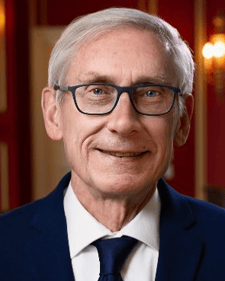
The issues shaping Wisconsin politics have not changed. Voters are still focused on education funding, infrastructure investment, and the constant tug-of-war between state and local government. What has changed is who will lead those debates.
For Republicans, the open seat has sparked a competitive and uncertain primary. Congressman Tom Tiffany and Washington County Executive Josh Schoemann are the early names in play, each testing a different vision for the party’s direction.
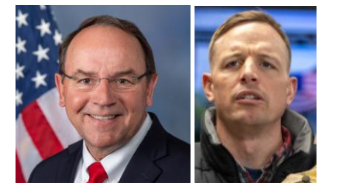
Democrats face a parallel challenge: how to rebuild Tony Evers’s coalition without the benefit of incumbency. Their field includes Lieutenant Governor Sara Rodriguez, Milwaukee County Executive David Crowley, and State Senator Kelda Roys.
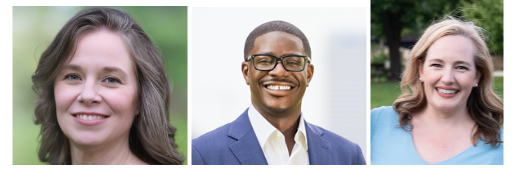
Lieutenant Governor Sara Rodriguez, David Crowley, Senator Kelda Roys
This race is no longer about continuity. It is about control. Both parties are rewriting their playbooks in a state that decides national outcomes by razor-thin margins. Wisconsin’s next governor will not inherit a stable system but a fractured one, where every policy fight becomes a referendum on what kind of state Wisconsin wants to be.
Michigan: Back to Basics After the Buzz
For months, the "Duggan Disruption" was the dominant storyline in Michigan politics. Detroit Mayor Mike Duggan’s potential independent run threatened to splinter the Democratic vote and create a chaotic three-way race. That storyline is now officially alive. Duggan announced he is running for governor as an independent, completely upending the race to succeed the term-limited Gretchen Whitmer.
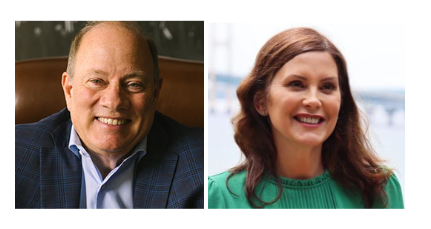
Mayor Mike Duggan, Governor Gretchen Whitmer
His decision prevents a traditional two-party battle and instead ensures an intense, unpredictable three-way fight for control of a vital industrial swing state.
Democrats now face a fractured path. The primary is a crowded contest between Lieutenant Governor Garlin Gilchrist II, Secretary of State Jocelyn Benson, and Genesee County Sheriff Chris Swanson. The eventual winner will not only have to unite the party but also compete for Democratic-leaning voters drawn to Duggan.
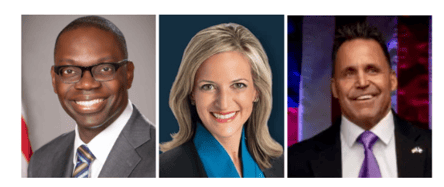
Lieutenant Governor Garlin Gilchrist II, Secretary of State Jocelyn Benson, Genesee County Sheriff Chris Swanson.
Republicans, meanwhile, are navigating their own contentious primary, which includes Congressman John James, former Attorney General Mike Cox, former House Speaker Tom Leonard, and state Senate Minority Leader Aric Nesbitt.
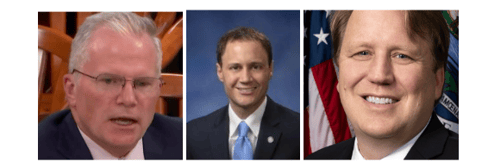
Attorney General Mike Cox, House Speaker Tom Leonard, Senator Aric Nesbitt.
With Duggan in the mix, the fundamental question is no longer just about the economy, but which of the three candidates can build a winning coalition from Michigan's fractured political landscape.
Kansas: A Successor's Test
The retirement of two-term Democratic Governor Laura Kelly was long expected, but her departure leaves Kansas without its political anchor. Kelly’s tenure proved that a Democrat could govern successfully in a deep red state through fiscal restraint, steady leadership, and pragmatic deal-making. The question for 2026 is whether her model was a singular achievement or a blueprint others can follow.
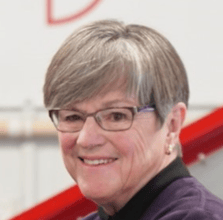
With Lieutenant Governor David Toland choosing not to run, Democrats are entering unfamiliar territory. The primary now features a competitive field that includes State Senators Ethan Corson and Cindy Holscher, each hoping to extend Kelly’s centrist legacy while energizing the party’s base. Their challenge is to hold together the coalition of moderate Republicans, independents, and Democrats that powered Kelly’s two victories.
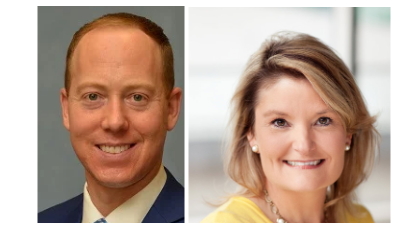
Senator Ethan Corson, Senator Cindy Holscher
The Republican field is defined by abundance rather than clarity. Former Governor Jeff Colyer, Secretary of State Scott Schwab, Senate President Ty Masterson, and Insurance Commissioner Vicki Schmidt have all declared, creating one of the most crowded and unpredictable primaries in the country. Each candidate is testing a different version of the GOP message, ranging from populist to institutional, from combative to consensus-driven.

Former Governor Jeff Colyer, Secretary of State Scott Schwab, Senate President Ty Masterson, Insurance Commissioner Vicki Schmidt
Kansas has rarely seen a race this open or this wide. With no clear frontrunner on either side, the 2026 contest is less about ideology than identity. The next governor will determine whether Kansas returns to its conservative roots or continues the pragmatic balance that defined the Kelly years.
Wrap Up
The 2026 gubernatorial map is less a political forecast than a pressure test. In Arizona, the Democratic hold on power depends on how fast the party can rebuild trust in a restless swing state. In Wisconsin, voters are being asked who they want steering a divided government once the old guard steps aside.
Michigan’s three-way brawl has turned the state into a laboratory for coalition politics, where loyalty is fragile and local identity matters more than party labels. The end of the Kelly administration in Kansas poses a question for national political parties: can a moderate political strategy still succeed in a country marked by polarization?
These four contests are not just about who governs next. They are about how the states that once defined the political center now decide what replaces it. By the time the votes are counted, the “core four” may have done more than pick governors. They may have drawn the first clear lines of the 2028 map.




